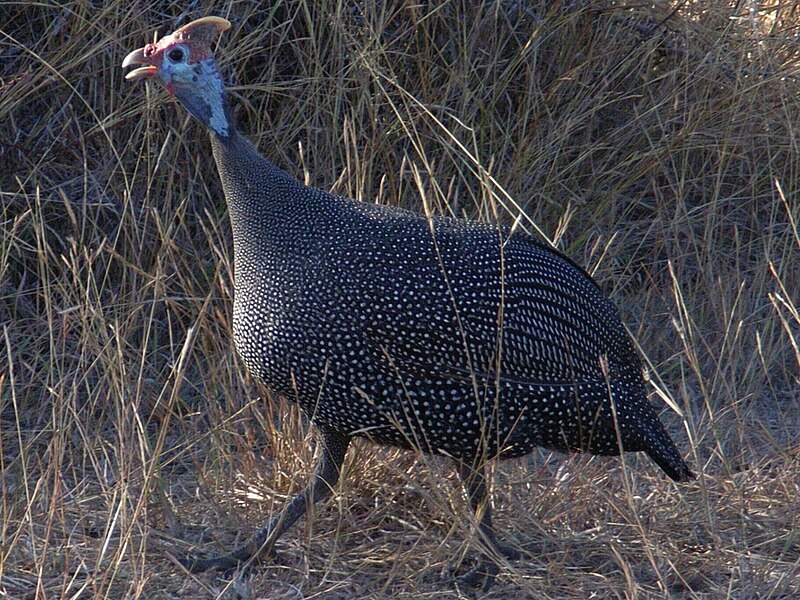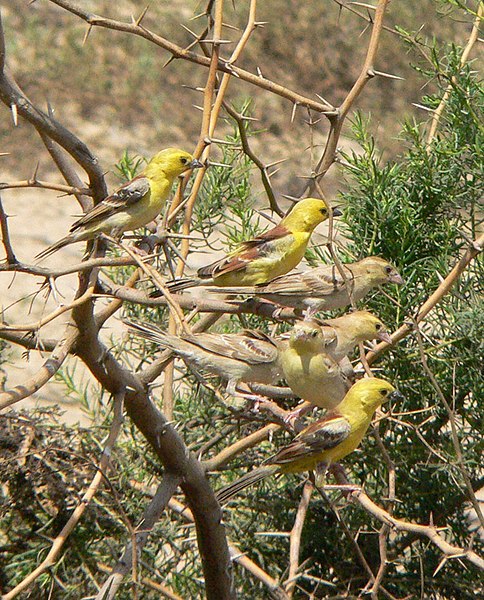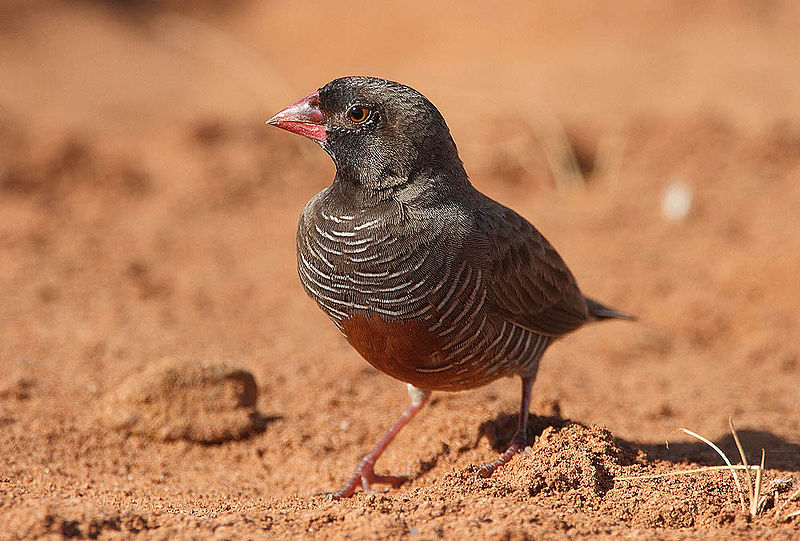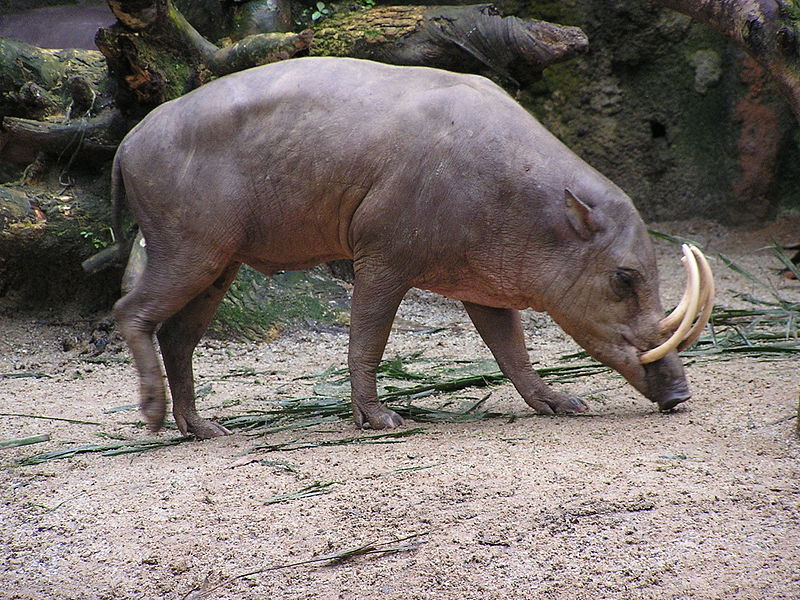 Helmeted or Gray-Breasted Guineafowl, Numida meleagris, are just about the most active, responsive and interesting birds that one can imagine. I first worked with a free-ranging flock on the grounds of the Bronx Zoo, and became an immediate fan. Related to pheasants and domestic fowl, they are perhaps best known as egg and meat-producers, but if kept as pets they will reveal many other fine qualities. Innate alertness renders them as fine a “watch dog” as one could want, and they are supreme hunters of ticks, weed seeds, mice and other pests.
Helmeted or Gray-Breasted Guineafowl, Numida meleagris, are just about the most active, responsive and interesting birds that one can imagine. I first worked with a free-ranging flock on the grounds of the Bronx Zoo, and became an immediate fan. Related to pheasants and domestic fowl, they are perhaps best known as egg and meat-producers, but if kept as pets they will reveal many other fine qualities. Innate alertness renders them as fine a “watch dog” as one could want, and they are supreme hunters of ticks, weed seeds, mice and other pests.
Natural History
Helmeted Guineafowl are native to West Africa, where they inhabit dry grasslands, brushy savannas and overgrown fields. Flocks hunt in a very organized manner, sometimes walking forward through the grass in a tight line to drive prey before them. Very little, even the young and eggs of ground-nesting birds, is spared. Birds hunting alone will carefully stalk insects in a most amusing, “cat-like” manner, and rarely miss their targets. Read More »
 That Bird Blog – Bird Care and History for Pet Birds
That Bird Blog – Bird Care and History for Pet Birds




